#hatiora salicornioides
Text
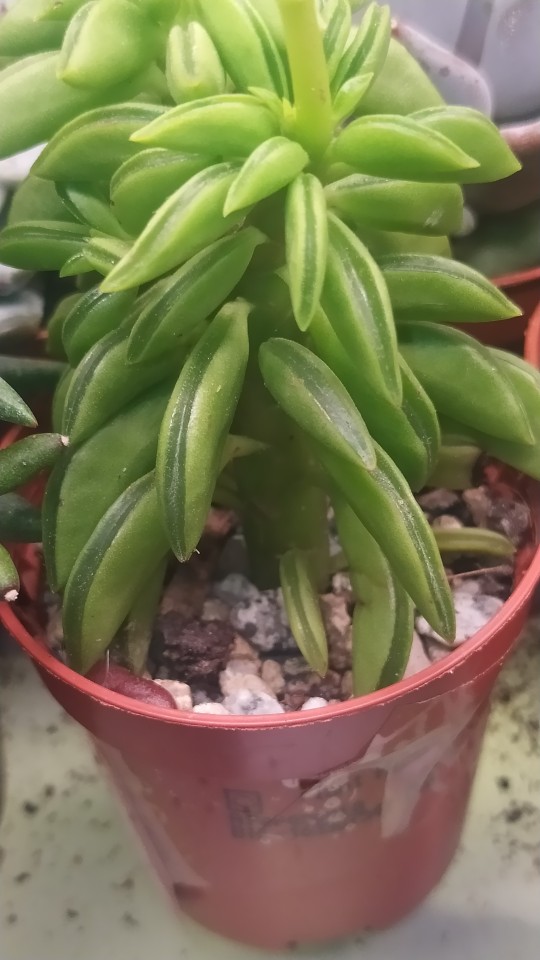


fat little peperomia dolabriformis and what its tiny white flowers look like.

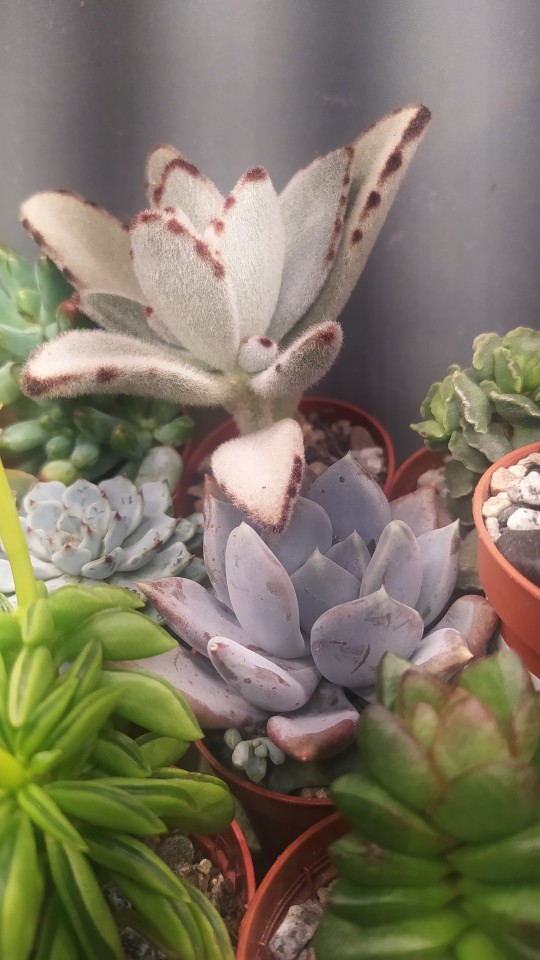
my lithops pseudotruncatella in the process of splitting, kalanchoe tomentosa, and pachyveria pachyphytoides
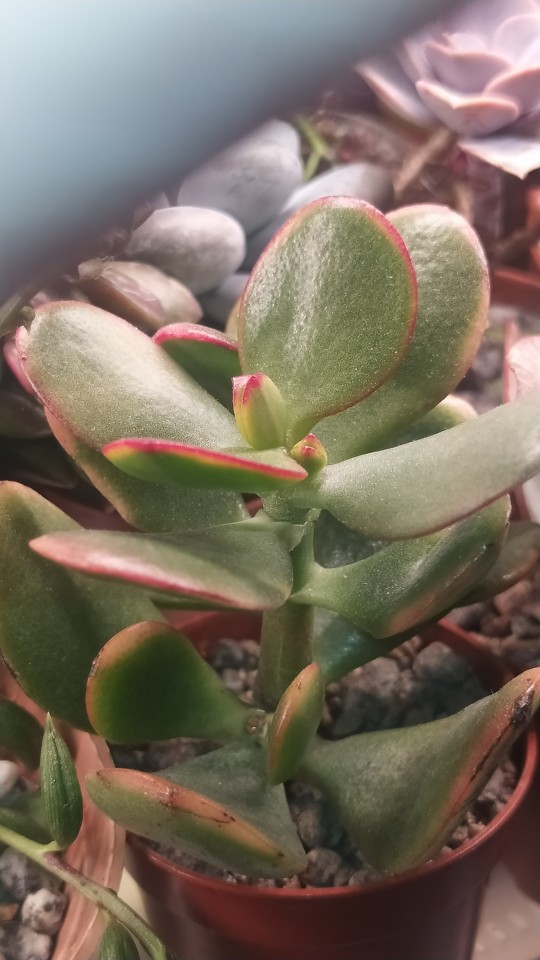
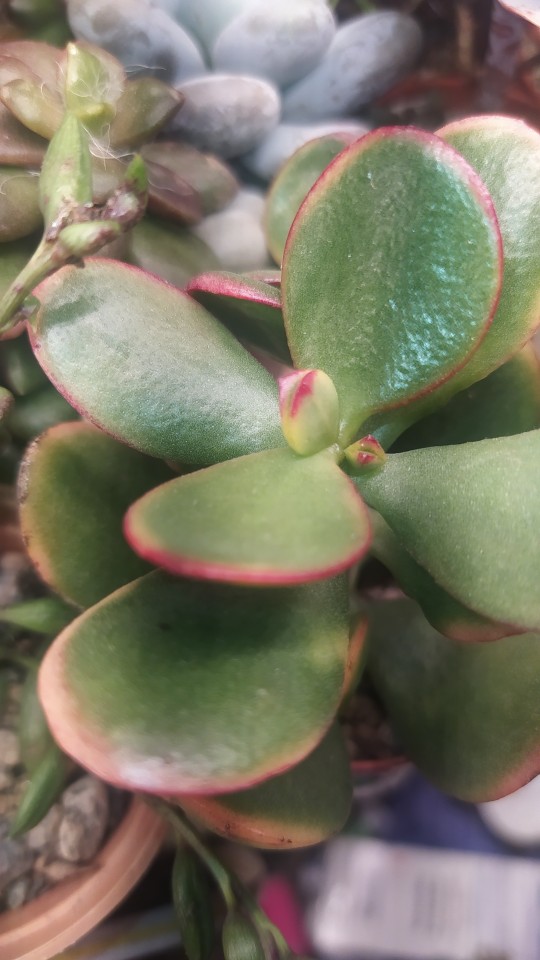
crassula ovata hummels sunset
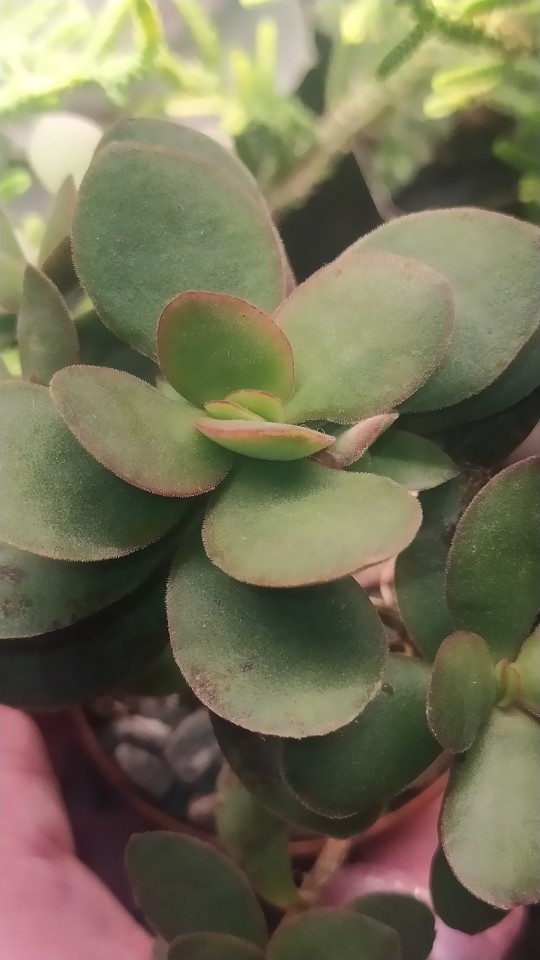

crassula swaziensis, echeveria pulidonis
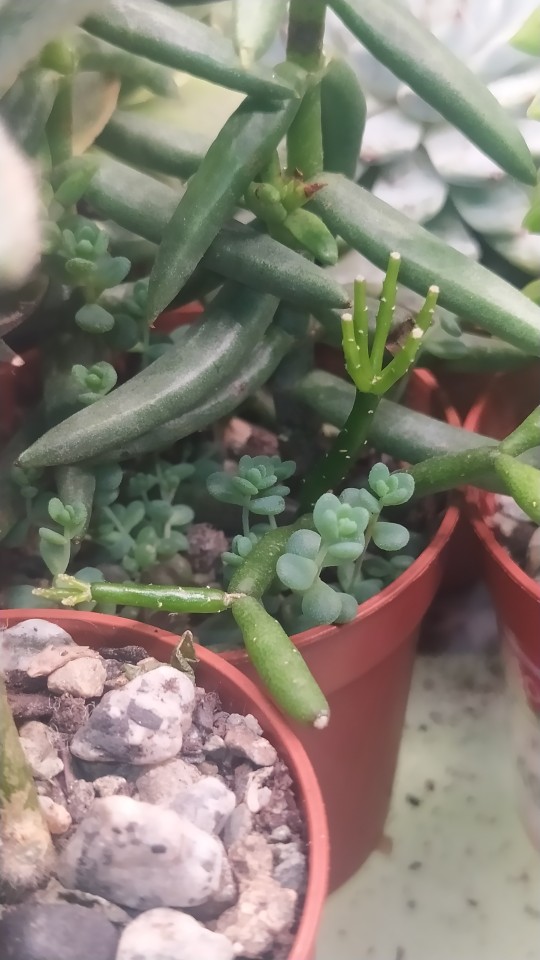
sedum dasyphyllum, crassula tetragona and hatiora salicornioides
#personal#succulents#succulentblr#plants#plantblr#peperomia dolabriformis#lithops#lithops pseudotruncatella#kalanchoe tomentosa#panda paw succulent#pachyveria pachyphytoides#crassula ovata hummels sunset#crassula swaziensis money maker#echeveria pulidonis#pulidos echeveria#sedum dasyphyllum#corsican stonecrop#crassula tetragona#hatiora salicornioides#my plants
6 notes
·
View notes
Text
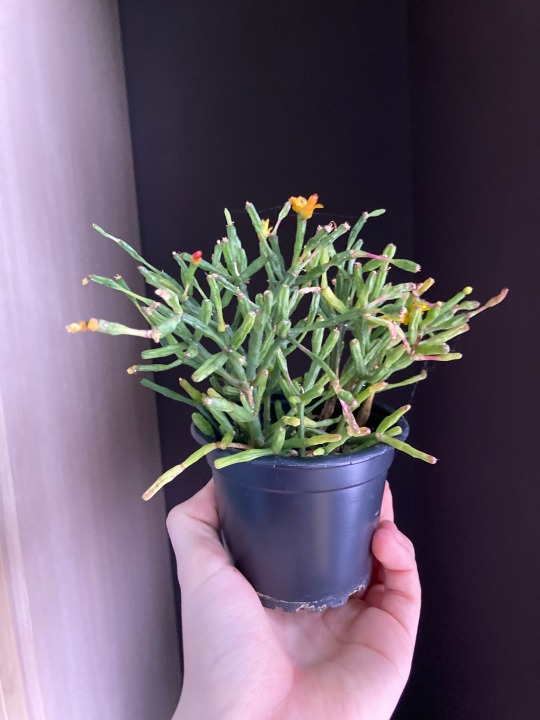
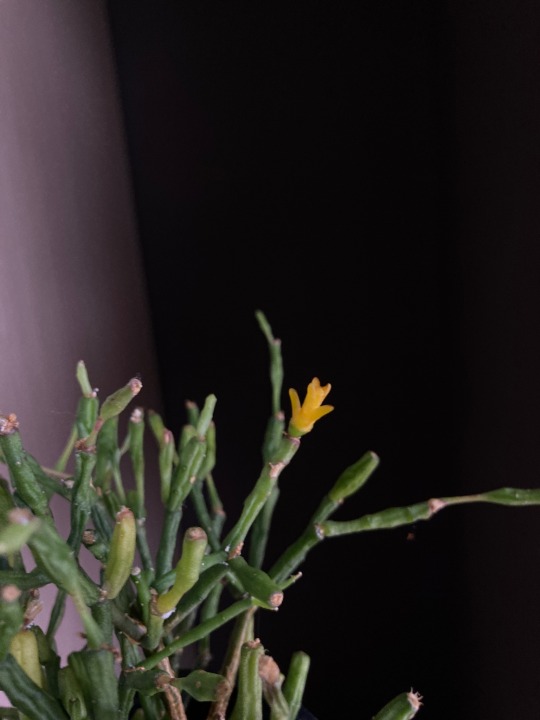
Normally this one is full with flowers but i haven’t been home for so long that i missed them + my succulents were also getting very dehydrated 🥴
#plantblr#gardeners on tumblr#plant#my plants#succulent blog#succulent#succulents#flowering#blooming#flowering succulent#hatiora salicornioides#hatiora
67 notes
·
View notes
Text

split and repotted flopsy! He is no longer a mystery plant; after some searching I've discovered this is a Hatiora salicornioides or Dancing Bones cactus! seems like it needs a new name now to fit... if you have suggestions send em!
July 20 2020
#house plants#plantblr#plantcore#plant mom#plants#plantcommunity#plantlife#houseplants#cacti#cactus#succulents#dancing bones#Hatiora salicornioides#mystery plant#mystery solved
44 notes
·
View notes
Text


hatiora blooms.
#plants#hatiora#cactus#flowers#hatiora salicornioides#dancing bones cactus#epiphytes#plantblr#cactus blooms#my photos#los-plantalones
98 notes
·
View notes
Text
Sometimes
you just gotta buy a hatiora salicornioides on ebay even though you shouldn’t
#it's so pretty and i've never seen a dancing bones available that cheap before#so#yeah my new child is coming soon#hatiora salicornioides#dancing bones cactus#plants#gardening
6 notes
·
View notes
Photo

Hatiora salicornioides (at Chelsea Physic Garden) https://www.instagram.com/p/Bssb_GgFRFc/?utm_source=ig_tumblr_share&igshid=1j4e6wm25l6jm
0 notes
Text

hatiora salicornioides
#less showy than my rhipsalis blooms but still exciting!!#plants#houseplants#plantblr#spring is coming and i'm so ready for all of the new growth#succulents#cacti
10 notes
·
View notes
Text

A non-Aloe...Hatiora salicornioides or Drunkard’s Dream/Dancing Bones
4 notes
·
View notes
Photo

Хатиора саликорниевидная — Hatiora salicornioides
2 notes
·
View notes
Photo

Korallen-, Bindenkaktus | Dancing bones cactus, drunkard's dream, spice cactus
Hatiora salicornioides
#Korallenkaktus#Bindenkaktus#Dancing bones cactus#Drunkyard's dream#Spice cactus#Hatiora salicornioides
0 notes
Text


last weekend we had -10 degrees celsius (cold!) , this week we had 20 degrees celsius (warm!) and next week we’ll have 10 degrees again? 👀
#plantblr#gardeners on tumblr#my plants#plant#succulent blog#succulent#succulents#hatiora#hatiora salicornioides#flowering#blooming#flowering succulent#flower
125 notes
·
View notes
Photo

Dancing Bones/ Hatiora Salicornioides Hatiora thrives best in indirect light with exposure to morning and evening sun. Hatioras prefers spring, summer, and fall temperatures around 75-80 °F (24-27 °C). Winter temperatures should be between 45-65 °F (7-18 °C) only. It prefers a well drained soil. It can be propagated easily through cuttings that can root immediately in soil. Endemic to Brazil.
0 notes
Text
Houseplants

Different Types Of Exotic Indoor House Plants To Consider When Looking For A House Plant
Exotic indoor house plants are used to decorate the house and are generally easy to care for. These plants are normally adapted to growing in the house. Most of these plants are from the warm climates and can be grown in portable containers in houses where the climate is harsh. There are several exotic indoor house plants that you should consider when purchasing one for your house. This article discusses the various types of exotic indoor house plants that you can choose from. Read on Exotic Indoor Houseplants
One of the exotic indoor house plants includes the Rhipsalis Baccifera SSP. Baccifera which gives a natural tropical look to the house. The plant has long and cascading leaves that can grow up to six feet. The branches have very long stems that grow between them resembling spaghetti. The plant is also characterized by white berries hence the other name of mistletoe cactus form a previous name of the species which was cassutha.
Philodendron Tahiti is an exotic indoor house plant that belongs to the philodendron large family. The leaves are unique and deeply cut. The plant grows very fast I a cascading a manner thus you should consider having this plant as one of your indoor house plants. An advantage of this plant is that it does require much watering. The plant should also be kept form direct sunlight as one of the unique features about it is that it does not require too much light to grow. View Exotic Indoor Houseplants
From South Brazil and Argentina there is the Lepismium Houlletianum. This exotic indoor house plant has flowers which are white and yellowish. The plant is characterized with stems which are flat-like and narrow. The stems can grow up to 1.2 foot long and 1-inch wide. To display it properly you require placing it in a basket where the stems will be able to grow freely. The plant is also drought tolerant hence does not require much watering.
The Hatiora salicornioides is an exotic indoor house plant that has green leaves throughout the year. Flowers which resemble small lilies tend to grow on the funnel-shaped stems of the plant. The flowers have different colors and the plant has the ability to produce flowers twice a year. This plant requires fertile soil and little sunlight to do well. It is also important to note that this plant requires humidity thus spray watering is recommended.
The Epiphylitic cactus is an indoor house plant with origination from Central America. It is an unusual plant that is used to decorate the house. The stems which are also the leaves are curly and flat with round edges. The stems are twisted and this gives the plant the other name of curly lock. This plant is easy to grow and it can do so from the cutting or the seeds. The 3-inch flowers develop into large pink fruits the size of a Ping-Pong ball.
Foliage plants can also be used as indoor house plants due to their interesting leaves. These plants may include the Chinese Evergreen and European Fan Palm. The collective leaves form an attractive canopy that enhances the beauty of the house. Find out more on https://www.youtube.com/watch?v=7UJe6n-b4AI
1 note
·
View note
Photo

Hatiora salicornioides
37 notes
·
View notes
Text
Informações e dicas de cultivo do cacto Hatiora salicornioides.
0 notes
